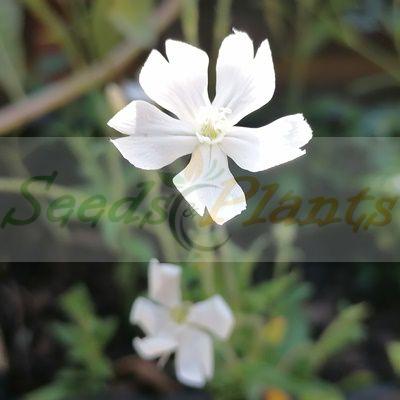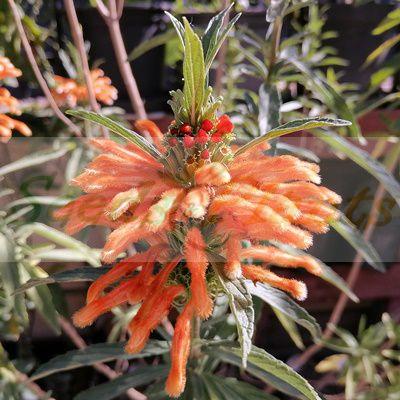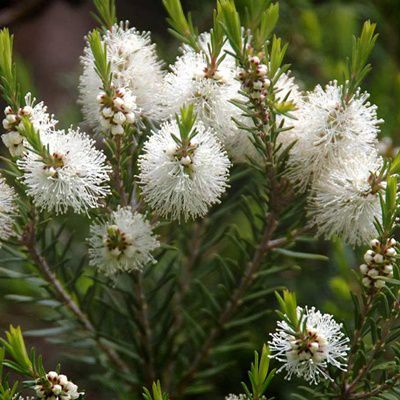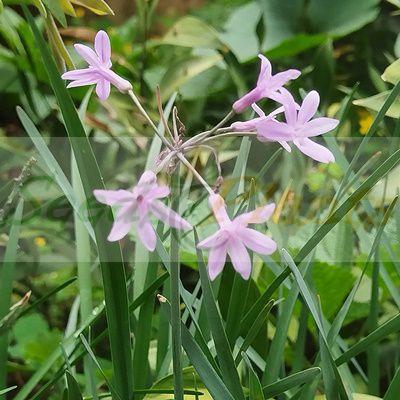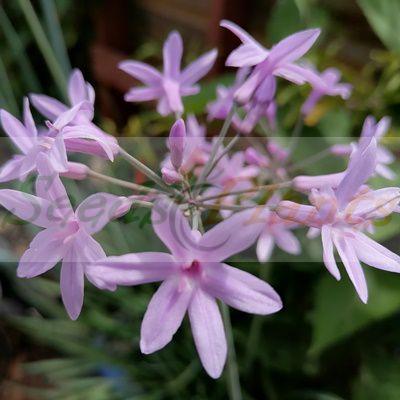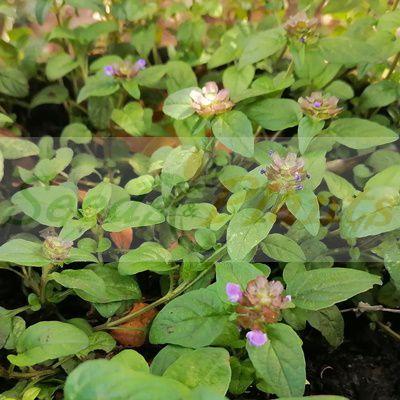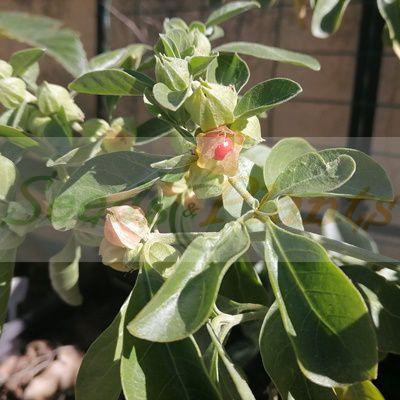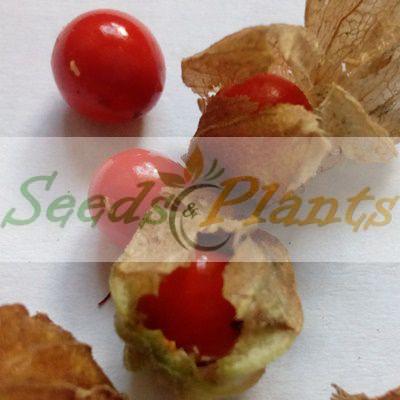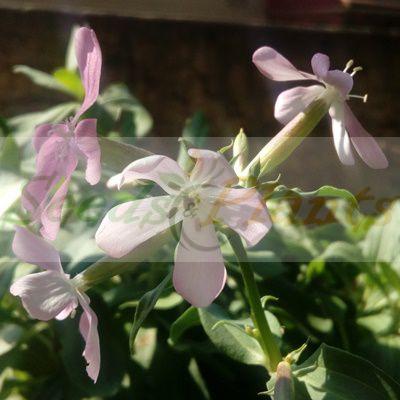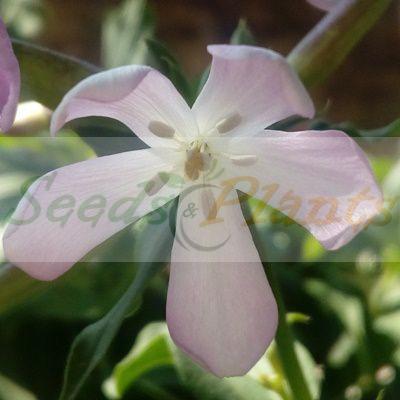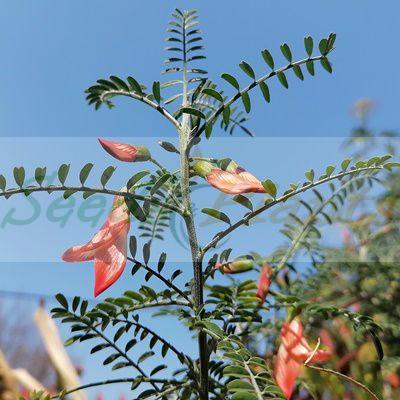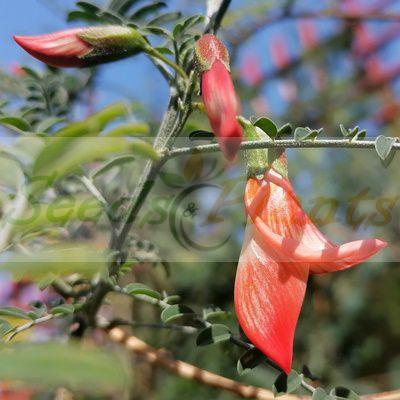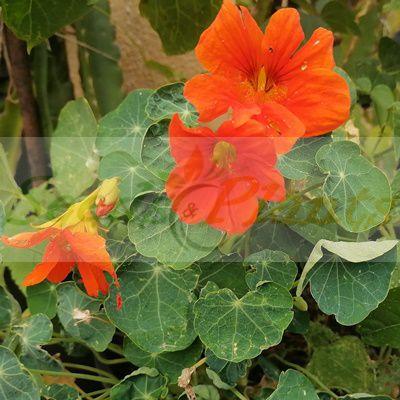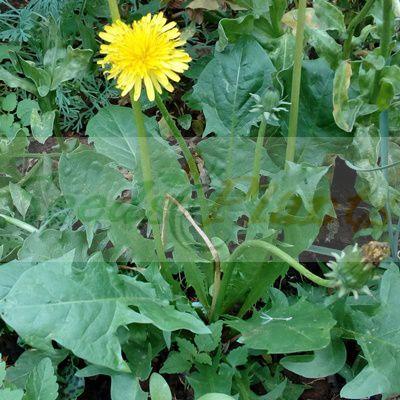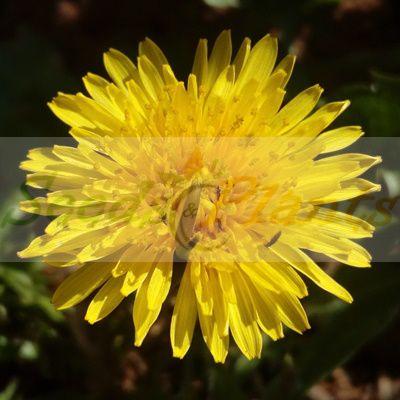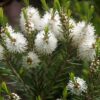🌿 Herbal Quick Facts
Medicinal Info
- 🌍 Origin / Region: Australia
- 🌿 Medicinal Part: Leaf
- 🍵 Herbal Preparation: Essential Oil, Infusion / Tea, Inhalation, Ointments/Creams
- ⚕️ Healing System: Aboriginal Traditional Medicine
Growth Traits
- 🌱 Life Cycle: Perennial
- 🌾 Plant Type: Tree
- 🦋 Pollinator Method: Attracts Bees, Attracts Beetles, Attracts Thrips, Attracts Wasps
- 🪴 Growth Habit: Bushy, Upright
- 🌿 Foliage Type: Evergreen
- 🌸 Flower Color: White
Growing Requirements
- 🌞 Sun Exposure: Full Sun, Partial Shade
- 💧 Water Needs: Avoid Overwatering, Regular Water
- ☀️ Growing Conditions: Frost Sensitive, Heat Tolerant, Moderate Cold Tolerance, Moderately Drought Tolerant
- 🟤 Soil Preference: Tolerant of most soils, Well-Drained
Tea Tree – Approx 100 Seeds
(Melaleuca alternifolia)
R30.00
Tea tree, and in particular its essential oil, is one of the most important natural antiseptics.
Common Names: Creamy Honey-myrtle and Tea Tree.
Indoor Sowing: Year Round.
Direct Sowing: Not Recommended.
Only 4 left in stock
🌿 Herbal Quick Facts
Medicinal Info
- 🌍 Origin / Region: Australia
- 🌿 Medicinal Part: Leaf
- 🍵 Herbal Preparation: Essential Oil, Infusion / Tea, Inhalation, Ointments/Creams
- ⚕️ Healing System: Aboriginal Traditional Medicine
Growth Traits
- 🌱 Life Cycle: Perennial
- 🌾 Plant Type: Tree
- 🦋 Pollinator Method: Attracts Bees, Attracts Beetles, Attracts Thrips, Attracts Wasps
- 🪴 Growth Habit: Bushy, Upright
- 🌿 Foliage Type: Evergreen
- 🌸 Flower Color: White
Growing Requirements
- 🌞 Sun Exposure: Full Sun, Partial Shade
- 💧 Water Needs: Avoid Overwatering, Regular Water
- ☀️ Growing Conditions: Frost Sensitive, Heat Tolerant, Moderate Cold Tolerance, Moderately Drought Tolerant
- 🟤 Soil Preference: Tolerant of most soils, Well-Drained
Tea Tree (Melaleuca alternifolia) is a member of the myrtle family. They grow as shrubs or trees from between 2 and up to 30 metres tall. The leaves are evergreen, alternately arranged, dark green to grey-green in color and ovate to lanceolate in shape. Flowers are produced in dense clusters along the stem with fine, small petals and a tight bundle of stamens which mature to produce a small woody cup-shaped capsule 2 – 3 mm in diameter which is packed with tiny seeds.Tea tree oil is steam distilled from Melaleuca alternifolia commercially.
Tea Tree Medicinal Benefits
- Tea tree, and in particular its essential oil, is one of the most important natural antiseptics.
- It is useful for treating stings, burns, wounds and skin infections of all kinds.
- An essential oil obtained from the leaves and twigs is strongly antiseptic, diaphoretic and expectorant.
- It stimulates the immune system and is effective against a broad range of bacterial and fungal infections.
- Internally, it is used in the treatment of chronic and some acute infections, notably cystitis, glandular fever and chronic fatigue syndrome.
- It is used externally in the treatment of thrush, vaginal infections, acne, athlete’s foot, verrucae, warts, insect bites, cold sores and nits.
- It is applied neat to verrucae, warts and nits, but is diluted with a carrier oil such as almond for other uses.
Growing Tea Tree
Indoor Sowing: Year Round.
Direct Sowing: Not Recommended.
- Prepare a growing container for the seeds. Fill a 3-inch-deep nursery flat with a mixture of half milled peat moss and half vermiculite, perlite or coarse sand.
- Saturate the mixture with water and let it drain for 20 minutes before sowing.
- Sprinkle the tea tree seeds across the surface of the peat mixture. Gently press them onto the surface with a wooden block or with your palm. Cover the seeds with a very scant layer of perlite so they are shielded from the air yet still exposed to the light.
- Prepare a watering tray for the nursery flat. Use a nursery tray that is large enough to accommodate the nursery flat with an extra inch of space on all sides. Line the bottom of the tray with a single layer of pea gravel. Set the nursery flat inside the nursery tray.
- Set the nursery tray inside a cold frame where the tea tree seeds will receive at least six hours of bright light each day. Provide very light shade at midday either by positioning the cold frame near a tree or by draping 20-percent shade cloth over the cold frame during the hottest part of the day.
- Water the tea tree seeds from the base to decrease the likelihood of damping off, a potentially fatal fungal disease. Pour water into the nursery tray until the bottom inch of the nursery flat is submerged. Wait until the water has evaporate or been absorbed before adding more.
- Watch for the first sprouts in two to four weeks. Thin the seedlings to one every 3 inches once they grow to 1 inch in height. Keep the strongest seedlings and remove those that lack vigor.
- Scoop out and transplant the tea tree seedlings once they reach 3 inches in height and produce several sets of leaves. Move them into individual 4 inch nursery pots filled with half soil and half coarse sand. Make sure to use pots with drainage holes at the base.
- Move the potted tea tree seedlings to a sheltered area outdoors. Keep them under light shade during their first summer. Provide 1 to 2 inches of water every seven to ten days during the summer. Transplant them into a permanent position in autumn.
- Requires a fertile, well-drained moisture retentive lime-free soil in full sun and prefers a soil that does not contain much nitrogen.
- Can also be successfully grown in large containers.
Does this plant have medicinal uses?
Traditionally, Tea Tree has a history of use in Aboriginal Traditional Medicine. Seeds are sold for cultivation purposes only.
Disclaimer
Medicinal Information:
All medicinal information on this website is for educational and informational purposes only and may not be construed as medical advice. The information is not intended to replace medical advice or treatment offered by healthcare professionals.
Seeds, Plants, Plant Cuttings, Geophytes and Dried Herbs:
In some countries and provinces, certain plants are deemed as invasive and are not allowed to be planted at all, whilst some plants are allowed to be grown only in certain areas or provinces. The onus is on you as the buyer to familiarize yourself with the regulations pertaining to your location, before purchasing any of our seeds, plants, plant cuttings, geophytes or dried herbs. We will not be held liable, should you purchase any seeds, plants, plant cuttings, geophytes or dried herbs. from us which are prohibited in your country or province.

